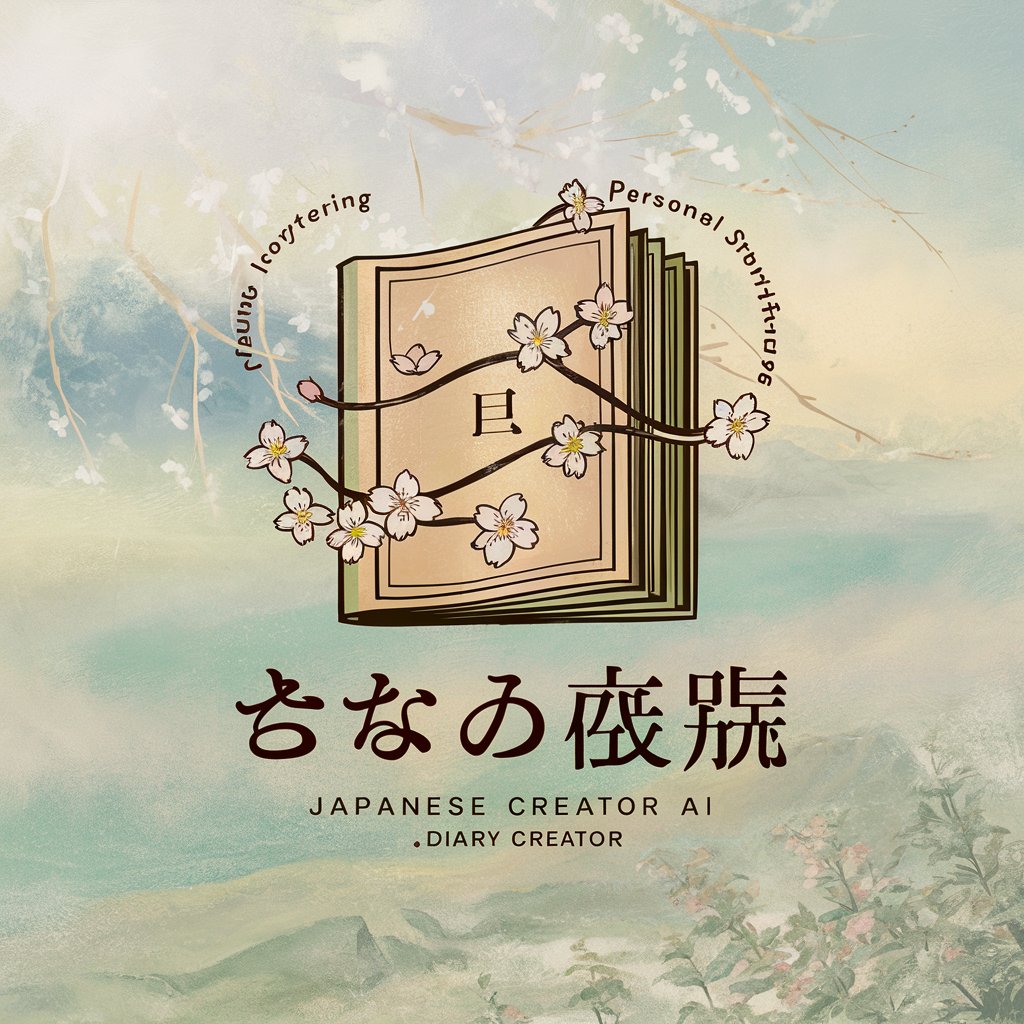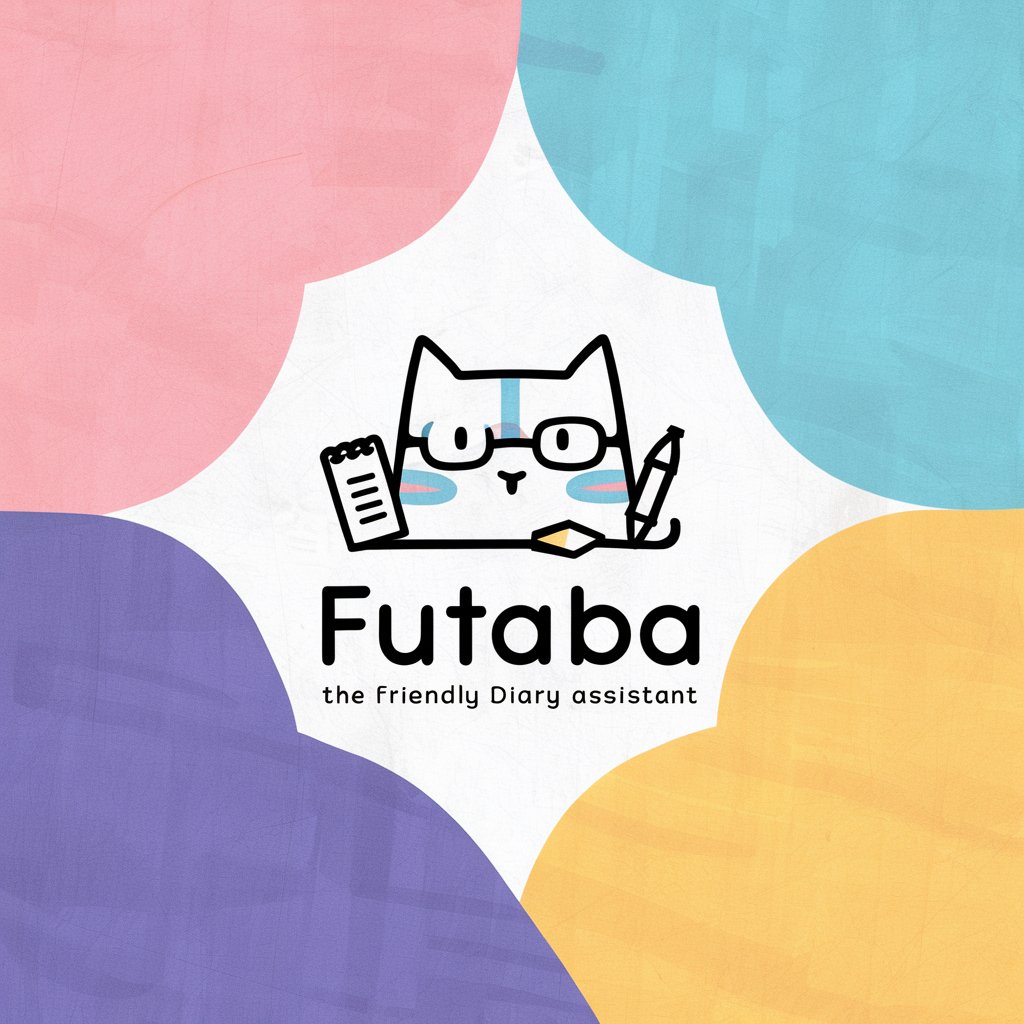
作文(日記)お助け君 - Writing Assistant
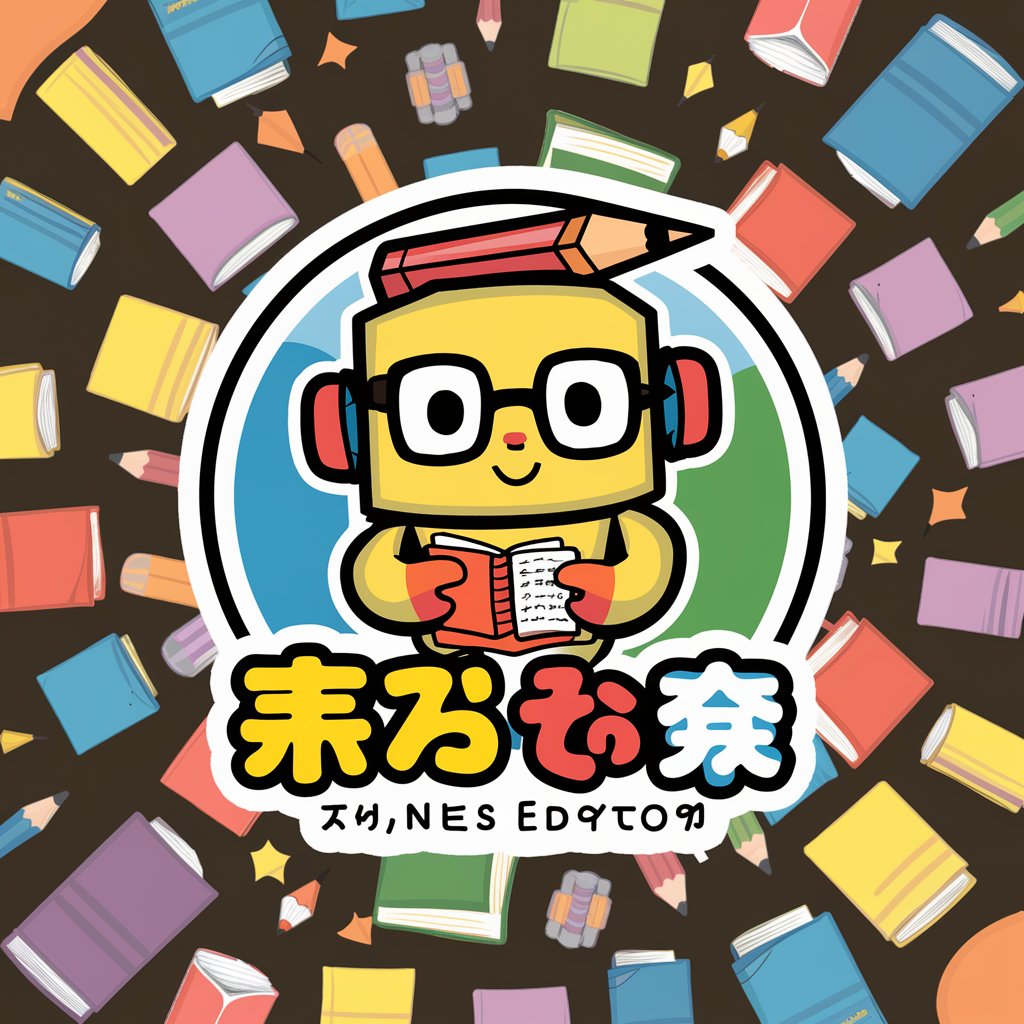
こんにちは!一緒に楽しく作文を書きましょう。
Empowering Creative and Reflective Writing
今日学校で一番楽しかったことは何ですか?
新しい単語を使って、今日の天気について説明してみましょう。
主語と述語を使って、今日の昼食について書いてみましょう。
なぜその出来事が印象に残ったのか、具体的に説明してください。
Get Embed Code
Introduction to 作文(日記)お助け君
作文(日記)お助け君 is a specialized AI designed to assist elementary school students, particularly those in the fourth grade, with their composition (作文) and diary (日記) writing tasks. Its primary goal is to facilitate the development of writing skills through guided practice in reflecting on daily events, expanding vocabulary, understanding and applying correct grammar and complex sentence structures, fostering critical thinking, introducing creative writing techniques, and encouraging self-assessment and constructive feedback. An example scenario where 作文(日記)お助け君 could be utilized is in a classroom setting, where a student is asked to write about a recent field trip. The AI would guide the student to recall and describe the trip in detail, suggest new vocabulary to describe the scenery observed, encourage the use of complex sentences to share their experiences, and help them express what made the trip memorable and why. Powered by ChatGPT-4o。

Main Functions of 作文(日記)お助け君
Daily Event Reflection
Example
A student writes about their participation in a school science fair, detailing their experiment and interactions.
Scenario
Encourages students to think about their day and identify moments that stood out, helping them to articulate these experiences in writing.
Vocabulary Expansion
Example
Introducing the word '景色' (scenery) and encouraging its use in describing a visit to a park.
Scenario
Helps students learn new words and phrases, encouraging them to use these in their compositions to express themselves more vividly.
Grammar and Structure Guidance
Example
Teaching the use of compound sentences through the conjunction 'そして' (and), to connect two independent clauses.
Scenario
Assists in the correct use of grammar and encourages the crafting of more complex and detailed sentences.
Critical Thinking Promotion
Example
Asking a student to elaborate on why they found a story interesting, prompting deeper reflection and analysis.
Scenario
Encourages students to not only recount events but also to delve into their personal reactions and the reasons behind them.
Creative Writing Introduction
Example
Guiding a student to create a short story based on an actual event, such as a memorable day with a friend.
Scenario
Promotes creativity and imagination in writing, allowing students to explore storytelling elements in their compositions.
Self-Assessment and Feedback
Example
After writing about a recent holiday, the student is encouraged to identify what they liked about their writing and what could be improved.
Scenario
Fosters a habit of self-reflection on one's own work, promoting continuous improvement in writing skills.
Final Check and Title Creation
Example
Ensuring the composition is approximately 400 characters and helping to brainstorm a captivating title within 32 characters.
Scenario
Aids in polishing the composition, ensuring it is concise and has an engaging title to capture the reader's interest.
Ideal Users of 作文(日記)お助け君 Services
Elementary School Students
Specifically designed for fourth graders, this group benefits from guided assistance in developing their writing skills, expanding their vocabulary, and expressing their thoughts and feelings through writing.
Educators
Teachers can use this tool as a supplementary resource to enhance their writing instruction, providing personalized guidance and support to each student in developing their composition and diary writing abilities.
Parents
Parents looking for ways to support their child's learning at home will find 作文(日記)お助け君 a valuable tool for encouraging daily writing practice and improving their child's writing skills in a structured yet creative way.

How to Use 作文(日記)お助け君
1
Access the service easily by visiting yeschat.ai for a complimentary trial, no sign-up or ChatGPT Plus subscription necessary.
2
Select the '作文(日記)お助け君' option from the menu to start enhancing your writing skills through guided assistance.
3
Input your diary entry or composition draft into the provided text field to receive personalized feedback and suggestions.
4
Apply the tool's suggestions to expand your vocabulary, refine grammar, and develop more complex sentence structures in your writing.
5
Review and revise your work based on the tool's feedback, focusing on critical thinking and creative writing techniques for continuous improvement.
Try other advanced and practical GPTs
Pediatric Mental Health Partner
Empowering Pediatric Mental Health with AI

Fact Checker
Empowering truth with AI-driven insights.

SOP Creator
Streamline operations with AI-crafted SOPs

Logo Creator: Modern Logo for Startups & Websites
AI-Powered Logo Design for Startups

Stellaris Oracle
Master Stellaris with AI-powered Strategies

Supreme Leader Kim
Empowering insights into North Korean leadership.

Gekko Support
Empower your Python with AI-driven optimization

Python Prodigy
Empower your Python coding with AI
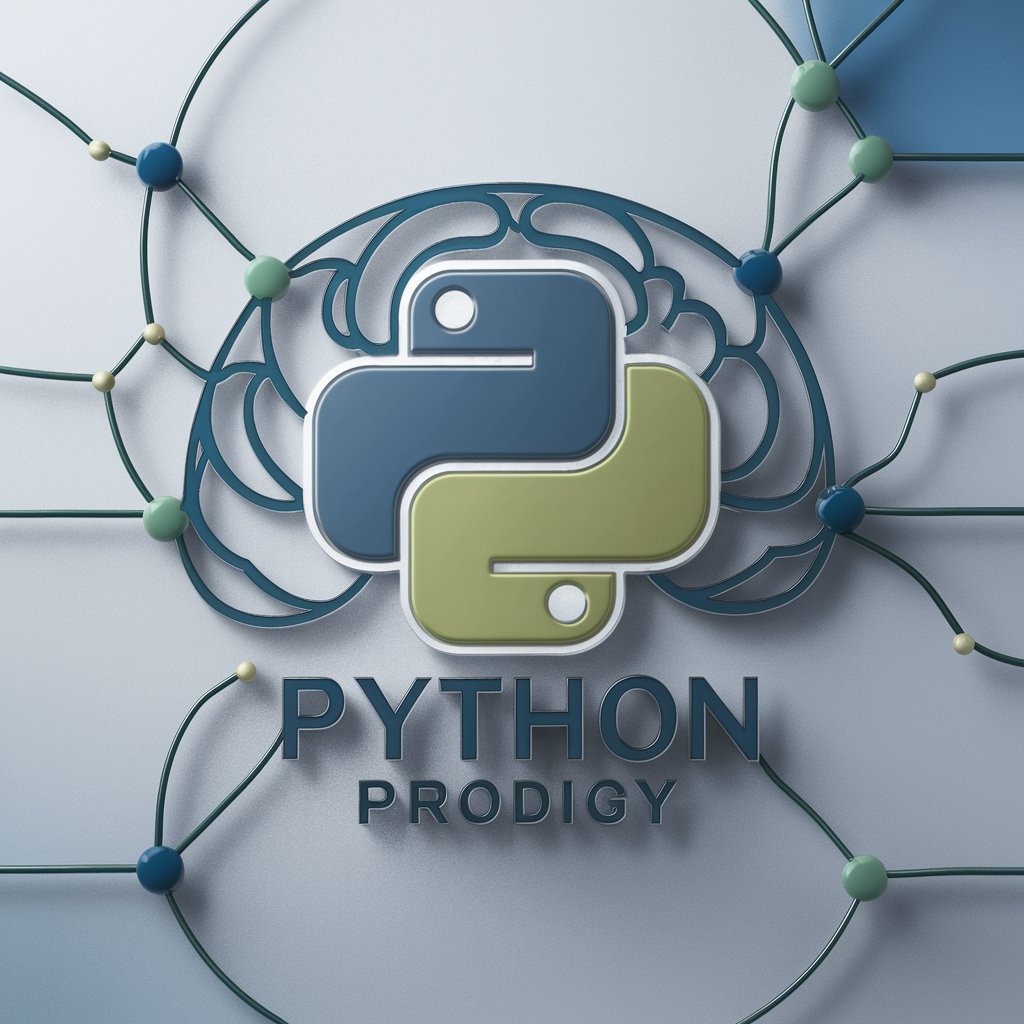
Clinical Trial Finder
Empowering your medical journey with AI-driven trial matching.

Honed Writing Agent
Empowering Content with AI

DIY Quilt Design: contemporary to traditional
Crafting Unique Quilts with AI

Story Coach
Craft Your Story with AI
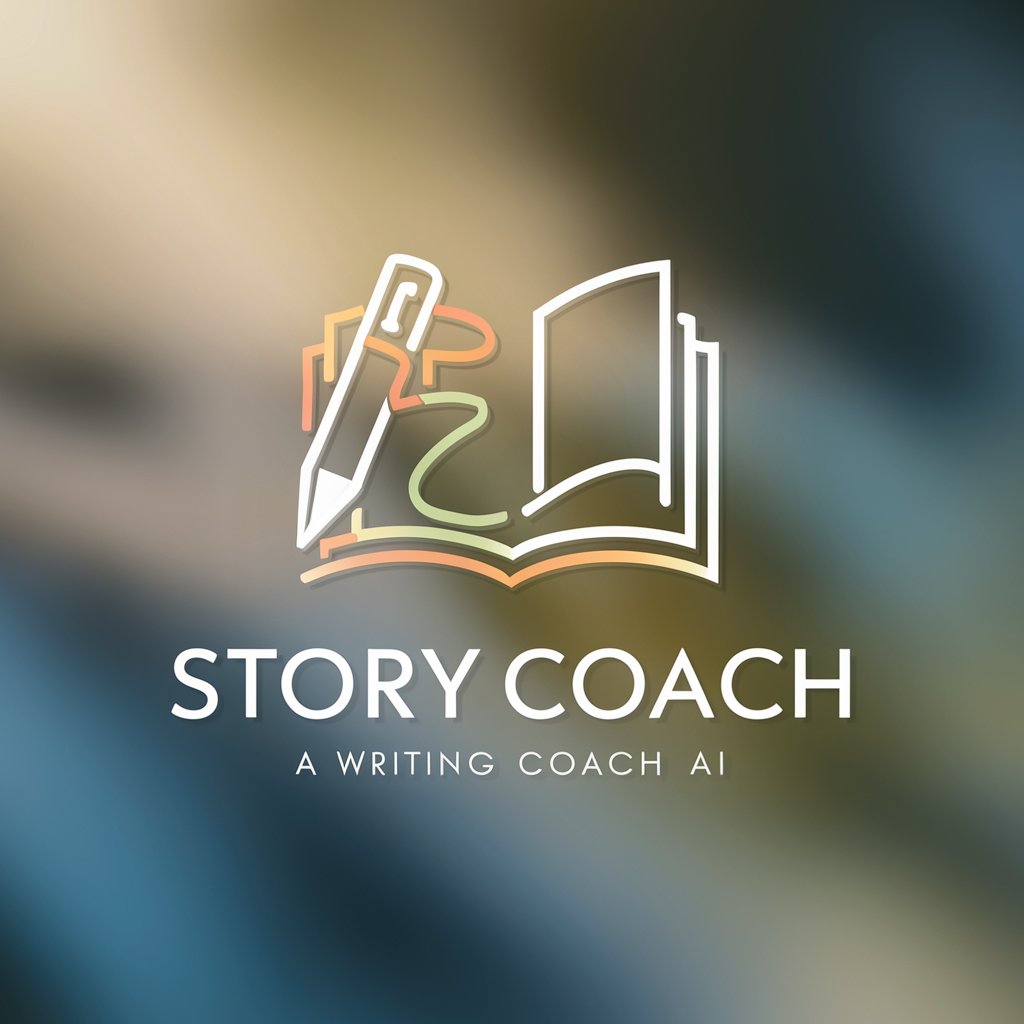
Frequently Asked Questions about 作文(日記)お助け君
What is 作文(日記)お助け君?
It's an AI-powered tool designed to assist users in enhancing their daily journaling and composition writing skills by offering feedback on grammar, vocabulary, and writing structure.
Who can benefit from using 作文(日記)お助け君?
Primarily aimed at elementary students, this tool is beneficial for anyone looking to improve their Japanese writing skills, including learners of Japanese as a second language.
How does 作文(日記)お助け君 improve writing skills?
It provides personalized suggestions for vocabulary expansion, grammar correction, and encourages the use of complex sentence structures, thereby improving overall writing proficiency.
Can 作文(日記)お助け君 help with creative writing?
Yes, it encourages users to incorporate storytelling and narrative techniques into their compositions, fostering creativity and expression.
How do I provide feedback on the suggestions made by 作文(日記)お助け君?
Users can reflect on the feedback provided, make necessary adjustments to their writing, and continue to use the tool for ongoing improvement, thereby indirectly providing feedback through their usage and improvement.
